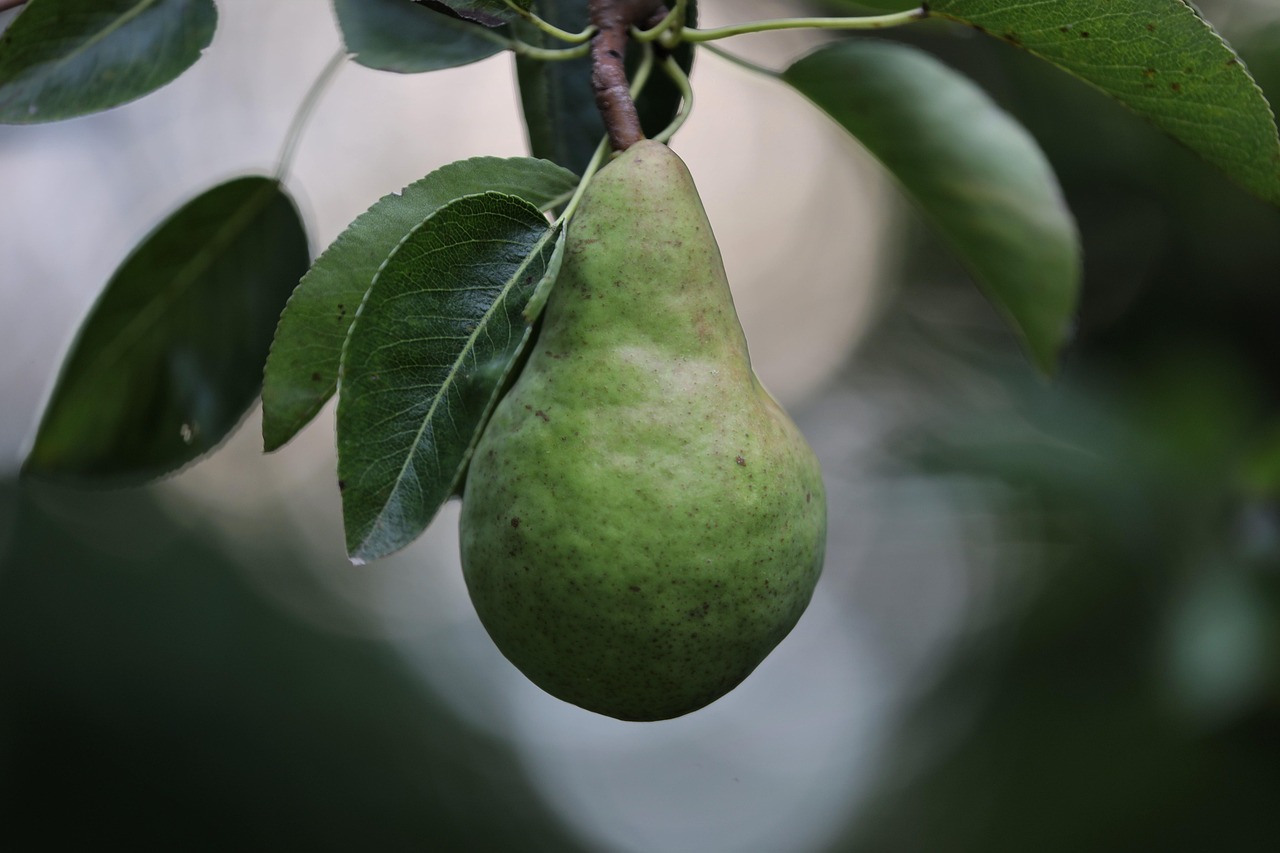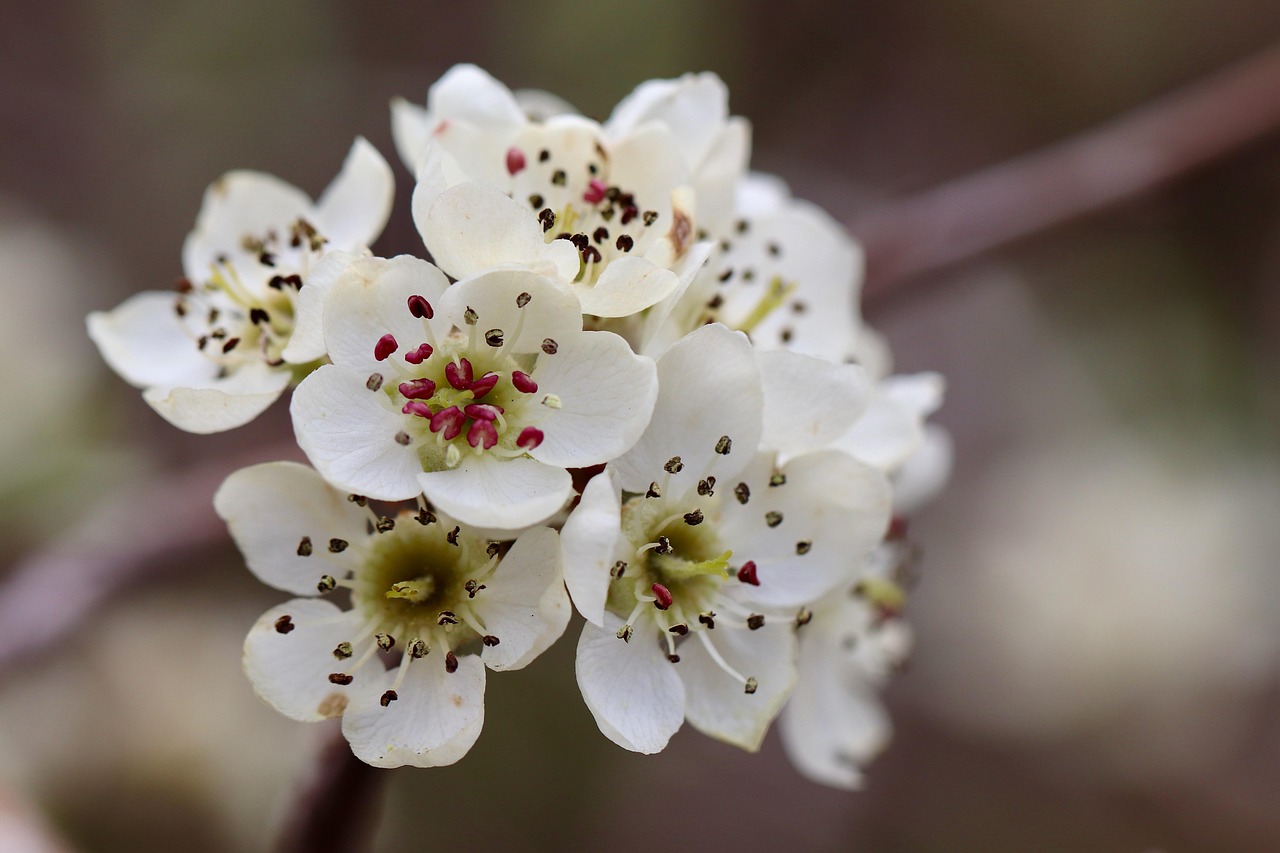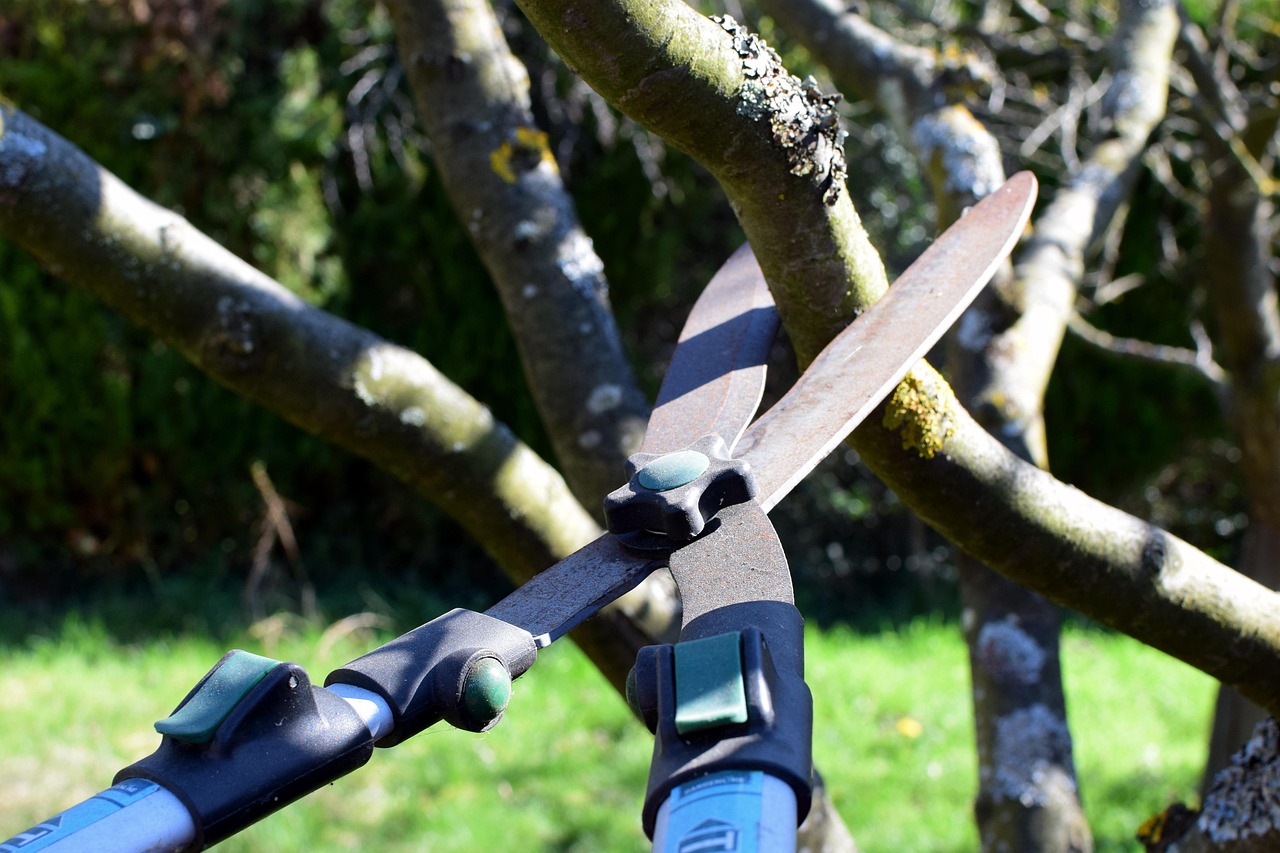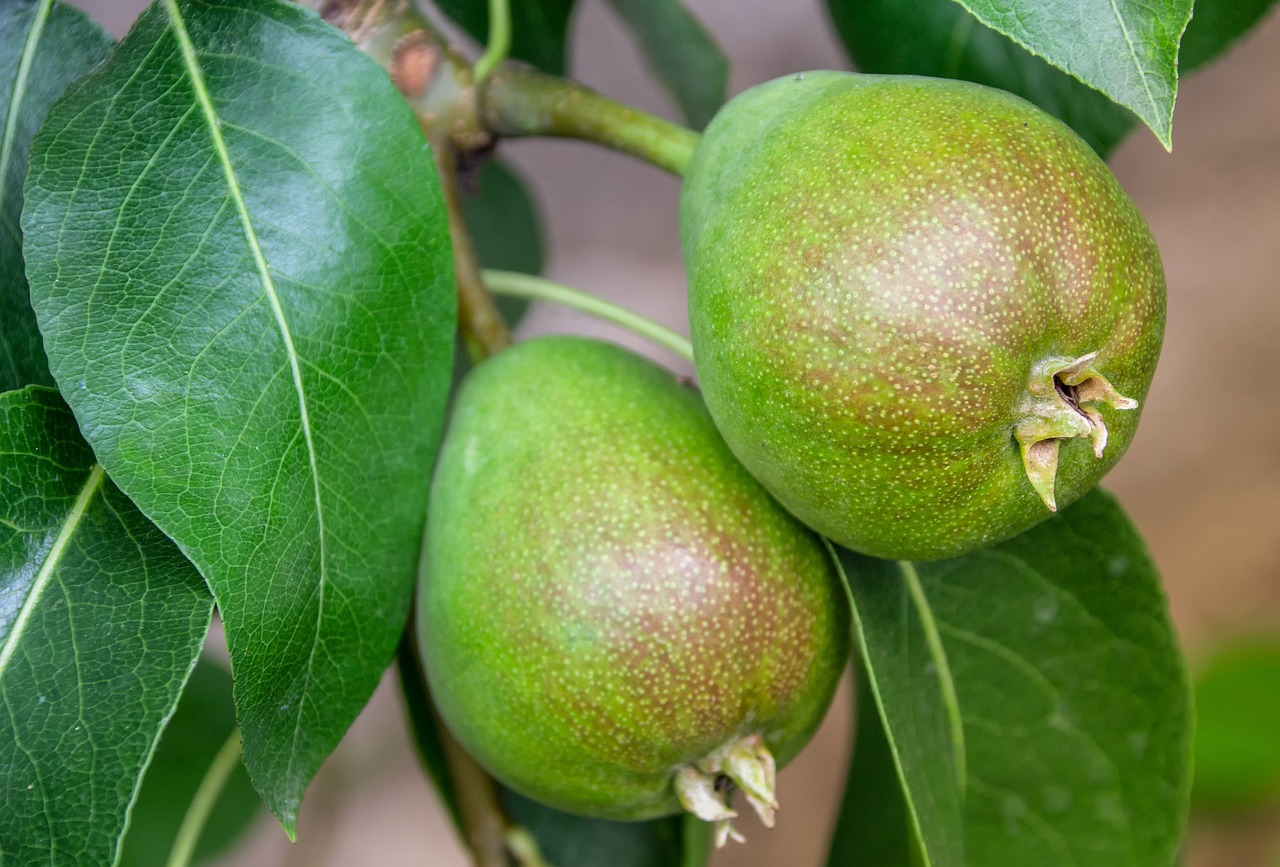Pear tree pruning methods are essential for promoting vigorous growth. Proper pruning techniques improve air circulation, enhance light exposure, and encourage strong branch development, ultimately leading to healthier trees and better fruit production.
Pear trees, known for their delicious fruit and beautiful blossoms, require careful attention to pruning to thrive. Pruning is not just about cutting branches; it is a vital practice that shapes the tree’s growth and overall health. For gardeners and orchardists, understanding the right methods can significantly impact the vitality and productivity of pear trees.

There are several reasons why pruning is crucial for pear trees. Firstly, it helps remove dead or diseased wood, which can harbor pests and diseases. Secondly, it encourages new growth by allowing sunlight to penetrate the canopy. Lastly, proper pruning can help maintain the tree’s shape and size, making it easier to harvest the fruit.
Understanding Pear Tree Growth Patterns
Pear trees typically exhibit a growth pattern that varies by species. Most pear varieties grow best when pruned correctly. Understanding these patterns can help you make informed decisions about when and how to prune your trees.
Pear trees generally have a central leader system. This means they grow a single main trunk with lateral branches extending from it. Recognizing this structure is important for effective pruning. The goal is to maintain a strong central leader while ensuring that lateral branches are well-spaced and healthy.

| Species | Growth Habit | Recommended Pruning Time |
|---|---|---|
| European Pear (Pyrus communis) | Central leader with wide-spreading branches | Late winter to early spring |
| Asian Pear (Pyrus pyrifolia) | Broad canopy with upright growth | Early spring |
| Ornamental Pear (Pyrus calleryana) | Upright and narrow | Late winter |
As you consider pruning methods, be aware of the different types of cuts you can make. Each type serves a specific purpose and can influence the tree’s growth in unique ways. Here are some common types of cuts:
- Thinning Cuts: These cuts remove entire branches. They improve airflow and light penetration.
- Heading Cuts: These cuts shorten branches. They stimulate new growth from the remaining buds.
- Pinching: This technique involves removing the tips of young shoots. It encourages bushier growth.
The Right Time to Prune Pear Trees
The timing of your pruning efforts can greatly affect the results. Pruning at the wrong time may lead to excessive sap loss or encourage disease spread. Generally, late winter to early spring is considered the best time for most pear varieties. During this period, trees are dormant, and any stress caused by cutting is minimized.
In warmer climates, however, early spring may be preferable since it allows for new growth before the heat of summer arrives. Additionally, avoiding pruning during the fall is crucial as it may stimulate new growth that will not survive the winter.

Essential Tools for Pruning Pear Trees
Having the right tools makes the pruning process easier and more effective. Here are some essential tools every pear tree pruner should consider:
- Bypass Pruners: Ideal for small branches, these provide clean cuts that promote healing.
- Loppers: Suitable for thicker branches, loppers offer increased leverage and reach.
- Saw: A handsaw or pole saw is necessary for larger limbs that need removal.
- Gloves: Protect your hands from thorns and cuts while working.
Before you begin pruning, ensure your tools are sharp and clean. Dull blades can tear branches, leading to injury and disease susceptibility in plants.
In addition to timing and tools, knowing your specific pear variety can guide your pruning approach. Each variety may have slightly different requirements based on its growth habit and characteristics.

As you prepare to prune, familiarize yourself with the desired shape for your trees. Many growers prefer an open-center shape that allows sunlight to reach the inner branches. This shape encourages balanced growth and enhances fruit production.
By understanding the fundamental principles behind pear tree pruning, you will be well-equipped to promote vigorous growth in your trees. The next sections will delve into specific pruning techniques, seasonal considerations, and tips for maintaining tree health throughout the year.
Pruning Techniques for Optimal Growth
Various pruning techniques can be applied to pear trees to promote optimal growth and fruit production. Understanding each method’s purpose and application will enhance your effectiveness as a gardener or orchardist. Here are some widely used techniques:
1. Thinning Cuts
Thinning cuts involve the removal of entire branches back to their point of origin. This technique is particularly beneficial because it:
- Improves air circulation within the tree.
- Enhances light penetration, allowing more sunlight to reach inner branches.
- Reduces the risk of disease by removing overcrowded growth.
When making thinning cuts, focus on removing any branches that cross or rub against one another. This will help maintain a clean structure and prevent wounds that could lead to disease.
2. Heading Cuts
Heading cuts involve cutting back a branch to a bud or a lateral branch. This method encourages the growth of new shoots from the remaining buds, which can lead to a fuller canopy. Here are some key benefits:
- Stimulates bushier growth.
- Helps manage the height of the tree, making it easier to harvest fruit.
- Encourages lateral branching, which can improve fruit yield.
It is essential to make heading cuts just above a bud to ensure proper growth direction. This will help the tree grow outward rather than vertically.
3. Pinching and Tipping
Pinching is a technique used primarily on young trees. By removing the tips of new shoots, you encourage bushier growth and help develop a strong framework. Here’s how to do it effectively:
- Identify young shoots that have grown excessively long.
- Pinch off the tips with your fingers or use pruners for cleaner cuts.
- Aim for evenly spaced branches to maintain balance.
Tipping is similar but involves cutting back more established branches. This practice is useful for controlling growth during the growing season.
Seasonal Pruning Strategies
Pruning pear trees should align with the seasons for maximum effectiveness. Different stages of the year provide unique opportunities and challenges for tree care. Understanding these can enhance your overall approach.
Winter Pruning
Winter is often considered the best time for major pruning tasks. During this dormant period, trees focus their energy on root development, making them less susceptible to stress from cuts. Here are some winter pruning tips:
- Perform major structural pruning during late winter when trees are still dormant.
- Avoid pruning during extreme cold spells as this can shock the tree.
- Inspect trees for signs of disease before making cuts, as this is an excellent time for health assessments.
Spring Pruning
Spring is a critical time for minor adjustments and maintenance pruning. As trees begin to grow, you can make the following adjustments:
- Remove any dead or damaged branches that may have gone unnoticed during winter.
- Cull any weak shoots that do not contribute to the tree’s structure.
- Consider light heading cuts to stimulate new growth for better summer fruit production.
Maintaining Tree Health Through Pruning
Healthy pear trees are more resilient against pests and diseases. Regular pruning plays a key role in maintaining tree health. Here are some practices that complement your pruning efforts:
Pest and Disease Management
To keep your trees healthy, it is essential to monitor for pests and diseases regularly. Pruning can help manage these issues:
- Remove infected limbs promptly to prevent the spread of disease.
- Maintain cleanliness in your orchard by clearing fallen fruit and debris that can attract pests.
- Use organic solutions when necessary to control infestations without harming the tree.
Nourishing Your Trees
A proper nutrition plan supports vigorous growth in pear trees. Consider these tips:
- Apply a balanced fertilizer in early spring to provide essential nutrients.
- Use mulch around the base of the tree to retain moisture and suppress weeds.
- Water consistently, particularly during dry spells, to support healthy growth.
Incorporating these strategies into your routine will foster robust growth and high fruit yield, ensuring your pear trees remain healthy and productive throughout their lifespan.
Common Mistakes in Pear Tree Pruning
While pruning is essential for the health and productivity of pear trees, several common mistakes can hinder their growth. Recognizing these pitfalls can help you refine your pruning practices and ensure the best results for your trees.
1. Pruning at the Wrong Time
Timing is crucial when it comes to pruning pear trees. One common mistake is pruning during the wrong season. Pruning too late in the winter or too early in spring can lead to:
- Increased sap loss, which can weaken the tree.
- Encouragement of new growth that may not survive cold weather.
- Higher susceptibility to disease and pests due to fresh cuts.
To avoid these issues, always aim to prune during the dormant season, ideally in late winter before new growth begins.
2. Over-Pruning
Another mistake is over-pruning, which can lead to excessive stress on the tree. Here are some consequences of removing too much foliage:
- Reduced leaf area limits photosynthesis, weakening the tree.
- Increased vulnerability to pests and diseases.
- Potential for sunburn on exposed bark.
When pruning, it is essential to maintain a balance. Aim to remove only about 20-30% of the tree’s canopy each year to encourage healthy growth.
3. Neglecting Tree Structure
Failing to consider the tree’s structure during pruning can lead to weak branches and poor fruit production. Some common structural mistakes include:
- Allowing multiple leaders to develop, which can weaken the tree.
- Not maintaining adequate spacing between branches, leading to overcrowding.
- Ignoring the angle of branch growth, which affects stability.
To maintain a strong structure, focus on promoting a single central leader and evenly spaced lateral branches.
Advanced Pruning Techniques
For those looking to enhance their pear tree management skills, several advanced pruning techniques can further improve growth and yield. These methods require a deeper understanding of tree physiology and growth patterns.
Crown Reduction
Crown reduction is a technique used for mature trees that have outgrown their space. This method involves reducing the height and spread of the tree while maintaining its overall health. Key steps include:
- Identifying branches that can be safely removed without compromising tree health.
- Aiming for a balanced shape that allows light penetration and air circulation.
- Using thinning cuts rather than heading cuts to maintain a natural appearance.
Espalier Pruning
Espalier pruning involves training pear trees to grow flat against a wall or trellis. This technique not only saves space but also promotes better fruit production due to increased sunlight exposure. Steps for successful espalier pruning include:
- Selecting a young tree with a strong central leader.
- Securing branches horizontally along a support structure as they grow.
- Regularly pruning to maintain shape and encourage lateral growth.
Tools and Techniques for Specific Cuts
Understanding which tools to use for specific cuts can significantly enhance your pruning efficiency and effectiveness. Here are some recommended tools and the types of cuts they are best suited for:
| Tool | Best For | Cut Type |
|---|---|---|
| Bypass Pruners | Small branches (up to ¾ inch) | Thinning cuts |
| Loppers | Medium branches (up to 1.5 inches) | Heading cuts |
| Saw (Hand or Pole) | Larger branches (over 1.5 inches) | Thinning cuts |
| Sickle or Felco Knife | Cuts on younger shoots | Pinching |
Selecting the right tool not only makes the job easier but also ensures cleaner cuts that promote quicker healing for the tree.
The Role of Pruning in Yield Improvement
The relationship between proper pruning and improved fruit yield is significant. Well-maintained trees often produce larger and healthier fruit due to several factors:
- Improved Light Exposure: Pruning opens up the canopy, allowing sunlight to reach more parts of the tree, which is critical for photosynthesis.
- Enhanced Air Circulation: Better air flow reduces humidity around the foliage, decreasing the risk of fungal diseases that can affect fruit quality.
- Balanced Energy Distribution: By removing excess growth, energy is directed toward fruiting branches rather than excessive foliage.
This results in not only higher quantity but also improved quality of pears produced by the tree, enhancing both personal consumption and market value for growers.
Maximizing the Benefits of Pruning
Understanding how to maximize the benefits of pruning goes beyond just cutting branches. It involves a holistic approach to tree care that considers the overall health, environment, and specific needs of each pear tree. Here are some final strategies to enhance the effectiveness of your pruning efforts:
Regular Monitoring and Maintenance
Continuous observation of your pear trees is crucial. Regular monitoring can help you identify issues before they escalate. Here are steps to follow:
- Inspect trees regularly for any signs of pests or diseases.
- Check the growth patterns of branches to ensure they are developing appropriately.
- Keep records of pruning activities to track growth and fruit production over the years.
By staying proactive, you will be able to adjust your pruning techniques based on observed results and environmental changes.
Integrating Pruning with Other Cultural Practices
Pruning should not be viewed in isolation. Integrating it with other cultural practices can lead to a more productive orchard. Consider the following:
- Irrigation Management: Ensure trees receive adequate water, particularly during dry spells. Water stress can hinder growth and fruiting.
- Nutrient Management: Regularly test soil and apply fertilizers as needed to provide essential nutrients that support healthy growth.
- Pest Control: Implement an integrated pest management strategy that includes biological, cultural, and mechanical methods to keep pests at bay.
This comprehensive approach will not only support vigorous growth but also enhance the overall resilience of your pear trees.
Seasonal Adjustments and Flexibility
The environment can change significantly from year to year. Weather patterns, soil conditions, and overall climate can impact how you should prune your pear trees. It’s essential to remain flexible and adjust your strategies accordingly:
- In wetter years, you may need to focus more on thinning cuts to reduce humidity around the tree.
- In particularly dry years, consider reducing the amount of pruning to minimize stress on trees.
- Be prepared to adapt your fertilization and watering schedules based on seasonal variations.
Being adaptable will allow you to respond effectively to changing conditions and maintain tree health year-round.
Conclusion
Pruning pear trees is a vital practice that influences their growth, health, and productivity. By employing the right techniques and understanding the principles behind them, you can significantly enhance both the quality and quantity of fruit produced. Key strategies include timely pruning, avoiding common mistakes, and implementing advanced techniques as needed. Additionally, integrating pruning with other cultural practices ensures a comprehensive approach that fosters vigorous growth.
The relationship between proper pruning and tree health is clear. Healthy trees not only yield better fruit but also contribute positively to the ecosystem. As you continue your journey with pear tree cultivation, remember that every cut you make plays a role in shaping the future of your trees. With patience, knowledge, and care, your pear trees will thrive, providing delicious fruit for years to come.
In conclusion, whether you are a novice gardener or an experienced orchardist, mastering the art of pruning is essential for fostering vigorous growth in pear trees. Each season brings new opportunities for improvement, and by applying the techniques discussed in this article, you can cultivate a bountiful harvest that reflects your dedication to nurturing these beautiful trees.
